CPAP Reactive Airway Disease Lawsuit: Have You or a Loved One Suffered From Reactive Airway Disease
The escalation of CPAP Reactive Airway Disease lawsuits presents a notable concern within the intersection of healthcare and legal practice, particularly following the FDA's advisory on certain Philips CPAP, BiPAP, and ventilator machines. Individuals affected by these devices have reported symptoms aligning with Reactive Airways Disease (RAD), a condition not to be taken lightly, given its potential to significantly impair one's quality of life. As legal actions commence and the discourse around medical device safety intensifies, it becomes crucial for those impacted to understand their rights and the avenues available for recourse. This discussion aims to shed light on the complexities surrounding these lawsuits and the broader implications for patients and the medical community at large.
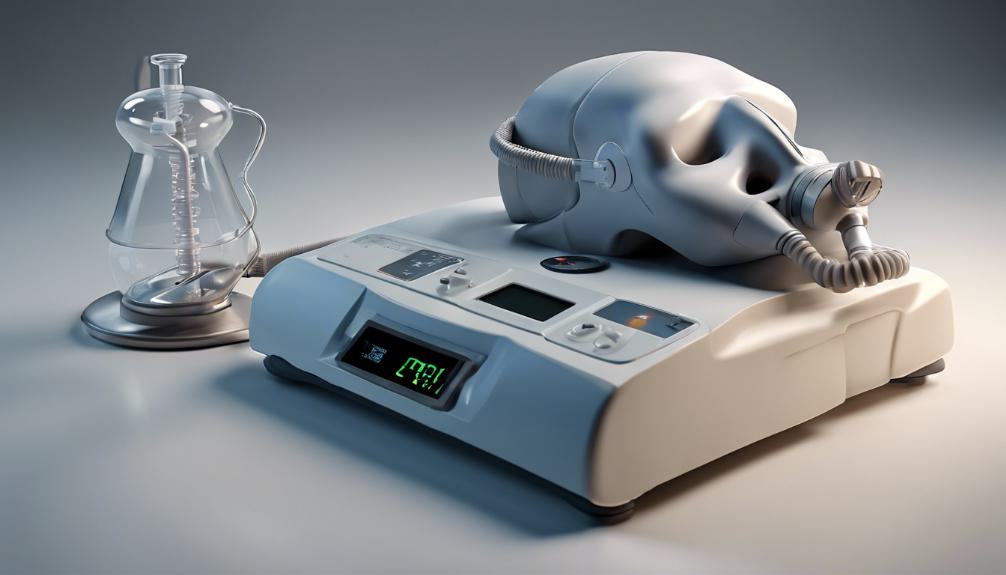
CPAP Recall Overview
In response to concerns raised by the U.S. Food and Drug Administration (FDA), a significant recall was issued for specific models of Philips CPAP, BiPAP, and ventilator machines due to potential health risks associated with their use. This action underscores the importance of rigorous safety standards and the need for continuous monitoring of medical devices to protect public health. The recall encompasses a range of models that have been widely used across various healthcare settings and by individuals at home for respiratory support. This situation has prompted a thorough review of the devices to ensure they meet all safety requirements and has led to legal actions by those affected, aiming to address the potential consequences of using these machines prior to the recall.
Health Risks Identified
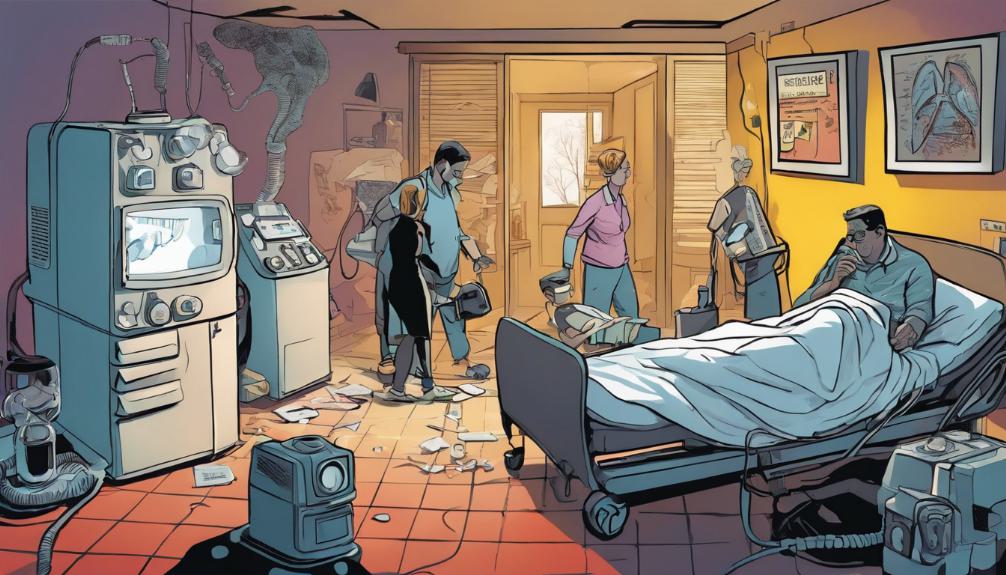
The identification of health risks associated with the recalled Philips CPAP, BiPAP, and ventilator machines has raised significant concerns among users and healthcare professionals alike. Following the FDA's announcement, extensive reviews have pinpointed several potential health risks tied to the use of these affected devices. These include a range of respiratory issues that could compromise the health of individuals relying on these machines for critical respiratory support. The recall has prompted an urgent reassessment of the safety and efficacy standards of such medical devices, highlighting the importance of rigorous quality control and monitoring. As investigations continue, the paramount focus remains on safeguarding patient health and preventing further exposure to potentially harmful conditions associated with the recalled machines.
Reactive Airways Disease Explained
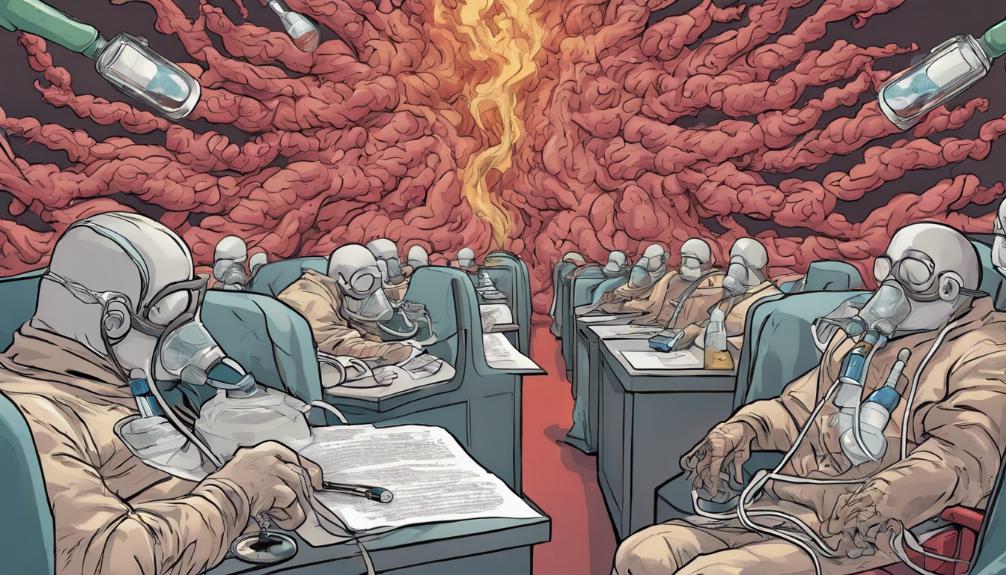
Understanding Reactive Airways Disease (RAD) requires a deep dive into its complex and multifaceted nature, characterized by symptoms such as wheezing, coughing, and breathing difficulties. RAD encompasses a range of conditions that lead to an overreaction of the airways to various stimuli, which can include allergens, environmental pollutants, or respiratory infections. This hypersensitivity results in inflammation and narrowing of the airways, making it difficult for air to flow freely into and out of the lungs. It is not classified as a specific disease but rather a syndrome that indicates the presence of these symptoms without a definitive cause. RAD can affect individuals of all ages and backgrounds, posing significant challenges to both diagnosis and treatment.
Symptoms of RAD
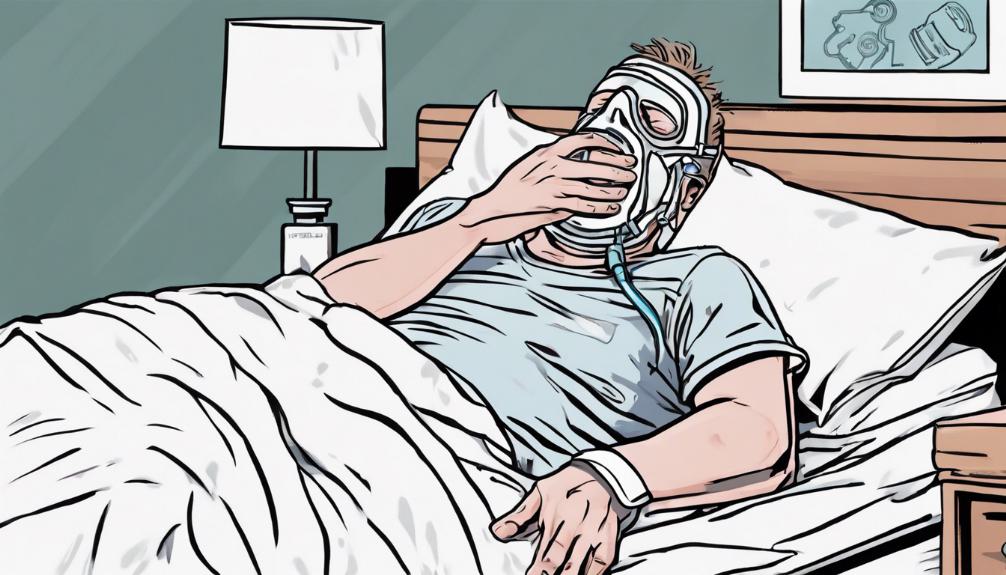
Building on the foundational knowledge of Reactive Airways Disease, it is crucial to recognize the symptoms that signify its presence, including wheezing, coughing, and difficulties in breathing. These signs are pivotal in diagnosing RAD, as they indicate the hypersensitivity of the airways to various stimuli. In addition to these primary symptoms, patients may also experience excess mucus production and noticeable swelling of the bronchial tubes, further complicating the passage of air and exacerbating respiratory discomfort. These manifestations can vary in intensity from mild to severe and may be triggered or worsened by environmental factors, infections, or allergens. Recognizing these symptoms early is essential for prompt and effective management of Reactive Airways Disease, aiming to alleviate discomfort and prevent progression.
CPAP and RAD Connection
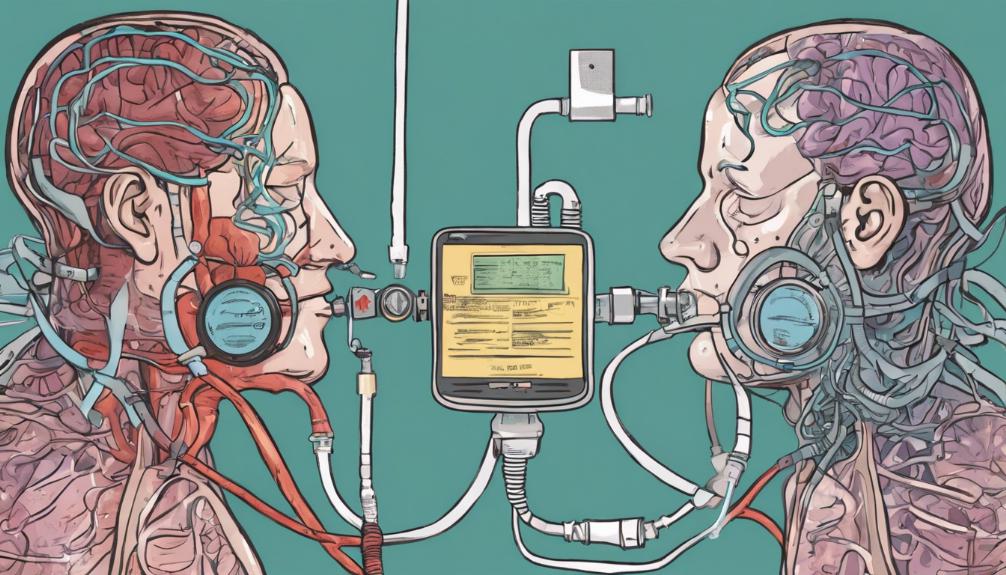
Exploring the connection between CPAP machine use and the development of Reactive Airways Disease reveals a complex interplay of factors that may exacerbate respiratory conditions. Continuous Positive Airway Pressure (CPAP) machines are prescribed to assist individuals with obstructive sleep apnea by ensuring their airway remains open during sleep. However, concerns have emerged regarding the potential for these devices to contribute to the onset or worsening of Reactive Airways Disease (RAD). RAD is characterized by symptoms such as wheezing, coughing, and breathing difficulties, mirroring an over-sensitivity of the airways. The mechanics of CPAP devices, alongside the quality of air and cleanliness of the machine, could potentially irritate the respiratory tract, leading to or aggravating RAD symptoms in susceptible individuals.
Legal Actions Initiated
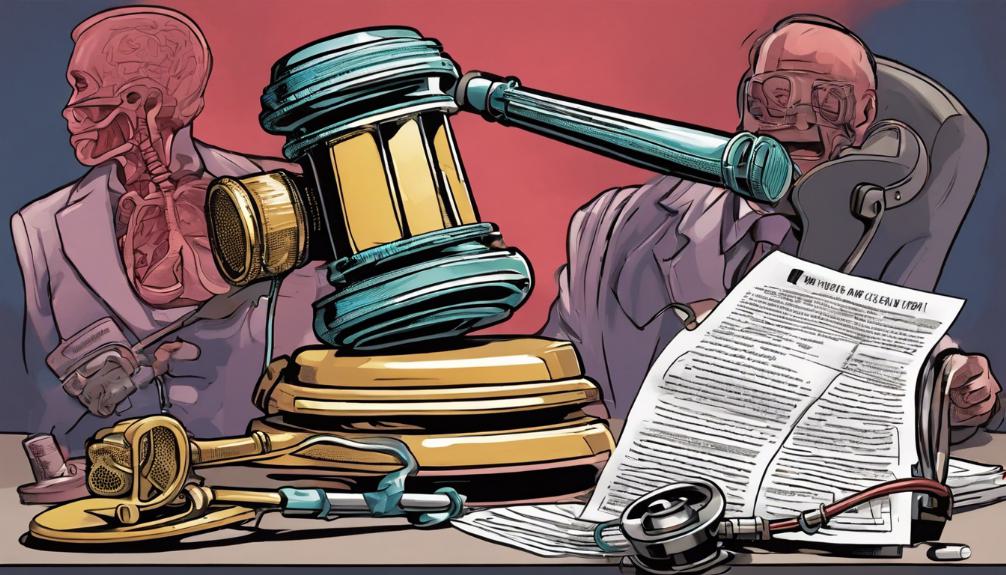
In light of the growing concerns over Reactive Airways Disease (RAD) and CPAP machines, numerous lawsuits have been initiated against manufacturers for alleged negligence and failure to warn users of potential risks. These legal actions represent individuals who have experienced significant health issues, including RAD, after using specific CPAP, BiPAP, or ventilator machines subject to recall. The lawsuits argue that manufacturers knew or should have known about the risks associated with their products but failed to adequately inform or protect consumers. Legal proceedings focus on securing compensation for affected users, covering medical expenses, suffering, and other damages. This wave of litigation underscores the serious implications of potential oversight in the medical device industry, highlighting the need for stringent safety standards and transparent communication from manufacturers.
Pharmaceutical Lawsuits Context

Turning our attention to pharmaceutical lawsuits, this segment examines the legal challenges faced by drug manufacturers due to adverse effects and negligence claims. These lawsuits often stem from patients experiencing unforeseen side effects, improper drug labeling, or failure to adequately warn about potential risks associated with medications. The legal landscape in this domain is fraught with complexities as plaintiffs must prove causation between their ailment and the pharmaceutical product in question. Cases range from individual claims to large-scale class-action suits, highlighting the significant responsibility drug makers have in ensuring the safety and efficacy of their products. The outcomes of these legal battles not only influence the practices of pharmaceutical companies but also impact regulatory policies, aiming to enhance patient safety and transparency in drug information.
Medical Device Litigations
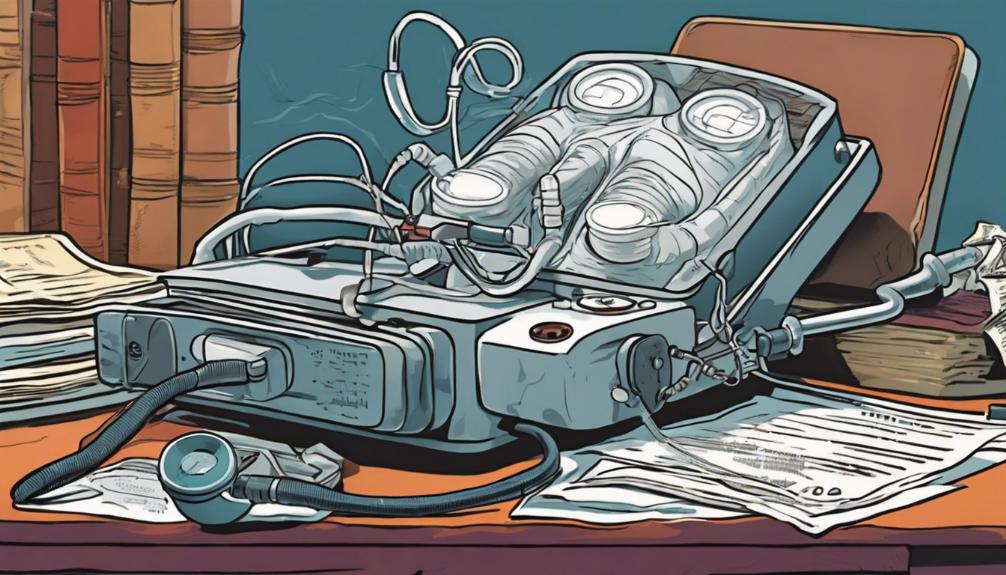
Medical device litigations have emerged as a pivotal area of legal scrutiny, reflecting the growing concerns over the safety and reliability of these healthcare products. Recent years have seen a surge in lawsuits related to medical devices, including CPAP machines, ventilators, and various implants, highlighting potential risks and adverse effects these devices may pose to users. One notable example involves the widespread recall of specific Philips CPAP, BiPAP, and ventilator machines, prompted by the FDA's announcement of potential health risks, including respiratory issues. These cases underscore the critical importance of regulatory compliance and the need for manufacturers to rigorously test and monitor their products to ensure they meet the highest standards of safety and efficacy, thereby protecting patient health and well-being.
Exploring Other Injuries
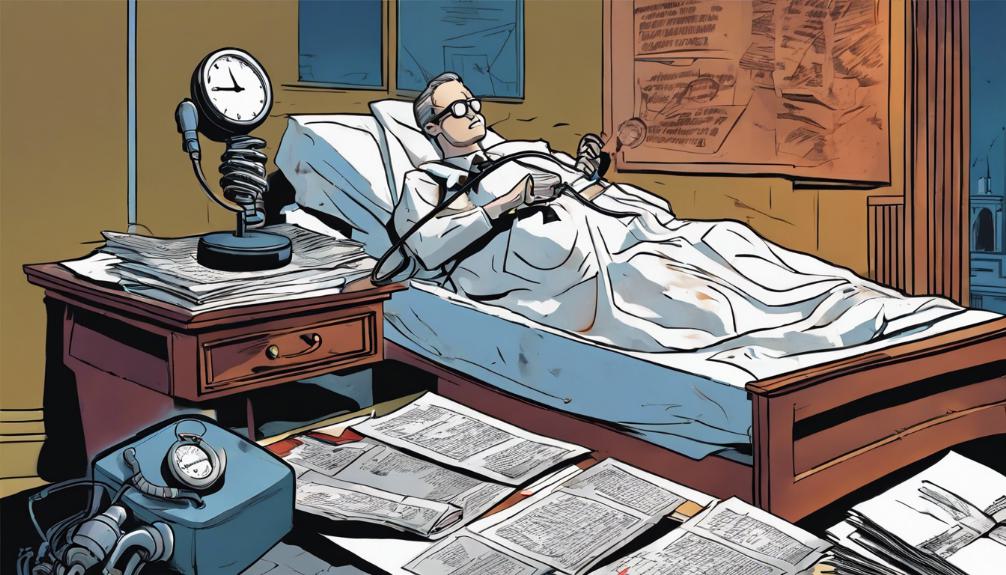
Beyond the realm of medical devices and pharmaceuticals, a vast array of lawsuits encompasses injuries stemming from various health conditions and consumer products. These cases often involve allegations against companies for producing or selling products that have caused harm or exacerbated existing health issues. Examples include litigation related to hazardous materials in the home, unsafe consumer goods, or environmental toxins. Each lawsuit represents an individual's or group's fight for compensation due to negligence or failure to warn about potential risks. As awareness grows and legal frameworks evolve, the scope of these lawsuits expands, covering a broader range of injuries and conditions. This diversification underscores the importance of legal recourse in advocating for public health and safety, ensuring accountability, and facilitating the redress for those affected by a wide spectrum of injurious circumstances.
Frequently Asked Questions
How Does the Diagnosis of Reactive Airway Disease (Rad) After Using a Recalled CPAP Machine Influence the Potential Settlement Amounts in These Lawsuits?
The diagnosis of Reactive Airway Disease (RAD) following the use of a recalled CPAP machine significantly impacts potential settlement amounts in associated lawsuits. The severity of medical symptoms, the extent of medical treatment required, and the impact on the plaintiff's quality of life are critical factors considered. Settlements may reflect compensation for medical expenses, pain and suffering, and potential future healthcare needs related to the condition. Each case is assessed on its individual merits.
Can Using a Non-Recalled CPAP Machine Exacerbate Pre-Existing RAD, and Would This Scenario Qualify for Legal Action Under the Current Lawsuits?
Using a CPAP machine that has not been recalled may still pose risks to individuals with pre-existing Reactive Airways Disease (RAD), potentially exacerbating their condition. Whether such scenarios qualify for legal action under current lawsuits depends on specific circumstances, including the machine's compliance with safety standards and the user's adherence to prescribed use. It is advisable to consult with a legal professional to explore the potential for legal recourse in these situations.
Are There Any Notable Differences in the Legal Process or Compensation Expectations for Individuals Who Used the Recalled CPAP Machines for a Short Vs. an Extended Period Before Developing Rad?
In legal actions involving CPAP machines, the duration of use before developing Reactive Airways Disease (RAD) may impact the case's nuances, such as evidence presentation and potential compensation. Cases with prolonged exposure might argue for more significant damages due to extended harm. However, each case is unique, with specifics determined by medical evidence, usage patterns, and legal arguments. It's essential to consult legal experts experienced in such matters for personalized guidance.
How Do International Laws and Regulations Affect the Lawsuit Process and Outcomes for Non-Us Residents Who Have Used These Recalled CPAP Machines and Developed Rad?
International laws and regulations can significantly influence the lawsuit process and outcomes for non-US residents who have developed Reactive Airways Disease (RAD) after using recalled CPAP machines. Jurisdictional differences, legal processes, and compensation mechanisms vary by country, potentially affecting the ability of non-US plaintiffs to seek recourse. It is imperative for affected individuals to consult with legal professionals who have expertise in international law and the specific regulations of the country involved.
What Are the Psychological and Emotional Impact Considerations in These Lawsuits, and How Are They Quantified or Addressed in the Legal Claims Related to RAD Caused by Recalled CPAP Machines?
In lawsuits where Reactive Airways Disease (RAD) is attributed to the use of recalled CPAP machines, the psychological and emotional impacts on patients are significant factors. These include stress, anxiety, and a diminished quality of life, which are quantified through expert testimonies, psychological evaluations, and documented changes in lifestyle or work capabilities. Legal claims address these impacts by seeking compensatory damages for mental anguish and emotional distress experienced by the affected individuals.

This post has been generated by AI and was not reviewed by editors. This is Not legal advice. Please consult with an attorney.




